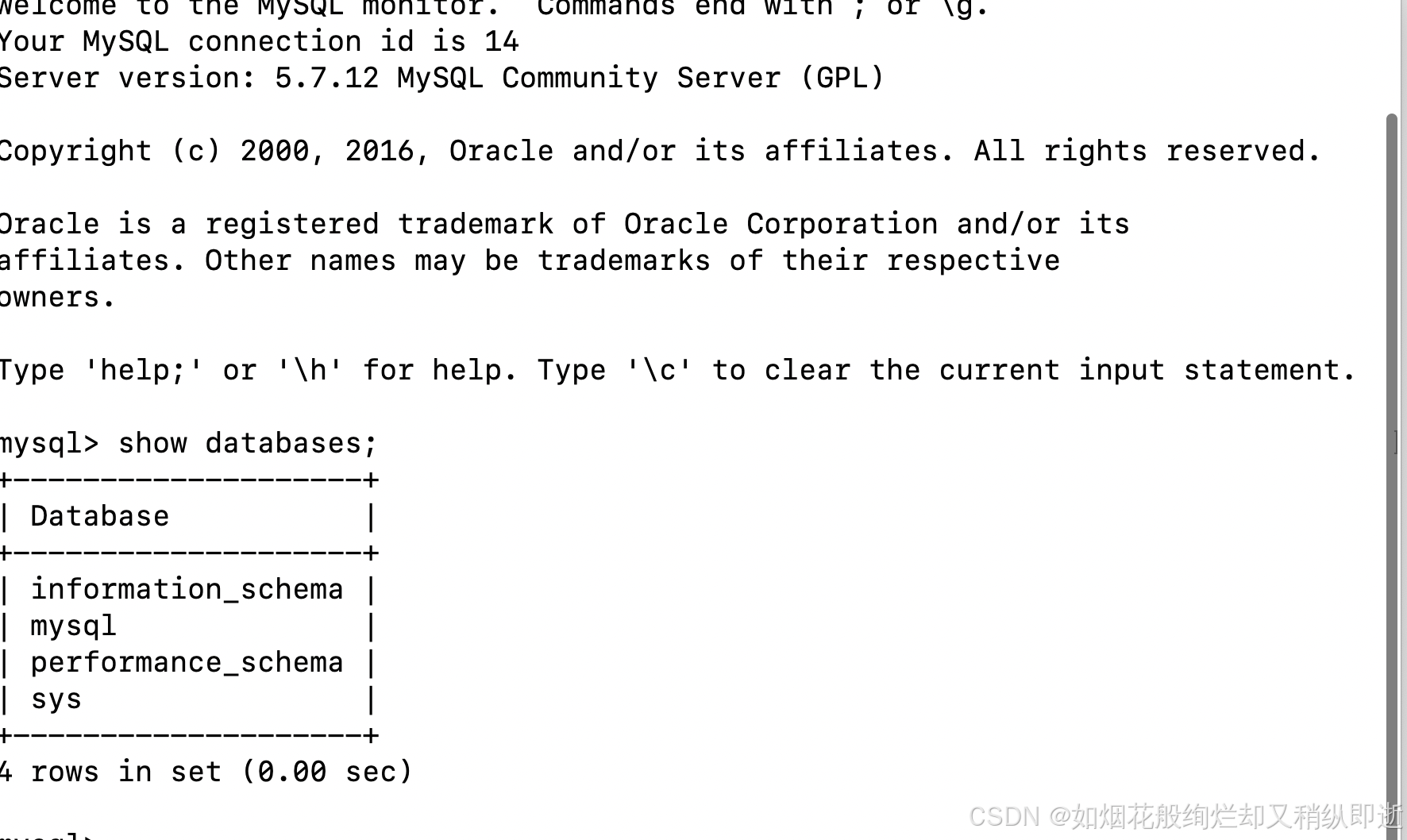TypeScript 中函数的理解
在 TypeScript 中,函数本质上与 JavaScript 中的函数类似,但是它增强了类型系统的支持,使得我们可以对函数的参数和返回值进行更严格的类型检查。这样可以有效减少类型错误,提高代码的可维护性和可读性。
1. 函数的基本语法
TypeScript 中的函数可以定义参数类型和返回值类型。以下是函数的基本语法:
function sum(a: number, b: number): number {
return a + b;
}
在这个例子中:
a: number和b: number是参数的类型注解。: number表示该函数返回一个number类型的值。
2. 可选参数与默认值
TypeScript 支持为函数参数提供默认值和可选参数。
- 可选参数:在参数后加上
?表示这个参数是可选的。 - 默认参数:为参数提供默认值。
function greet(name: string, age?: number): string {
if (age) {
return `Hello, ${name}, you are ${age} years old.`;
}
return `Hello, ${name}.`;
}
console.log(greet("Alice")); // Hello, Alice.
console.log(greet("Bob", 25)); // Hello, Bob, you are 25 years old.
在这个例子中,age 是一个可选参数。
3. 函数重载
函数重载允许一个函数根据传入参数的不同数量或类型来执行不同的操作。TypeScript 通过声明多个函数签名来实现重载。
function greet(name: string): string;
function greet(name: string, age: number): string;
function greet(name: string, age?: number): string {
if (age !== undefined) {
return `Hello, ${name}, you are ${age} years old.`;
}
return `Hello, ${name}.`;
}
console.log(greet("Alice"));
console.log(greet("Bob", 30));
4. 函数作为类型
在 TypeScript 中,函数不仅是一个值,还可以作为一种类型进行声明。
let multiply: (a: number, b: number) => number;
multiply = (x, y) => x * y;
console.log(multiply(2, 3)); // 6
与 JavaScript 函数的区别
1. 类型检查
在 JavaScript 中,函数的参数和返回值没有类型限制,而 TypeScript 通过类型注解提供了静态类型检查。这意味着 TypeScript 编译器会在编译时检查函数的参数类型和返回值类型。
2. 可选参数与默认参数
JavaScript 允许通过函数参数的默认值来设置默认值,但 TypeScript 提供了更强的类型支持,可以精确指定哪些参数是可选的,哪些参数有默认值。
3. 函数签名
TypeScript 可以明确规定函数的签名(参数类型和返回值类型),这使得函数的定义更加清晰,减少了潜在的类型错误。
接口(Interface)在实际项目中的应用
TypeScript 的 interface 可以用于定义函数类型,或者为对象、类等定义结构。接口使得 TypeScript 代码具有更强的可读性和可维护性,尤其在团队开发中,接口可以帮助团队成员明确函数和数据结构的期望。
示例:使用接口定义函数类型
在实际项目中,你可能需要定义一个接口,描述函数的签名,然后将这个函数作为参数传递给其他函数,或者赋值给变量。
interface Logger {
(message: string, level: string): void;
}
const consoleLogger: Logger = (message, level) => {
console.log(`[${level}] - ${message}`);
};
consoleLogger("This is an info message", "INFO");
consoleLogger("This is a warning message", "WARNING");
这里,Logger 是一个函数类型接口,定义了接收两个参数(message 和 level)并返回 void 的函数类型。consoleLogger 变量实现了这个接口。
示例:接口定义对象结构
接口不仅限于函数,还可以定义对象的结构。在实际项目中,你可能需要使用接口来强制要求对象遵循某种结构。
interface User {
name: string;
age: number;
email: string;
}
const user: User = {
name: "Alice",
age: 30,
email: "alice@example.com"
};
console.log(user.name); // Alice
在这个示例中,User 接口定义了一个包含 name、age 和 email 属性的对象结构,并且 TypeScript 会确保对象 user 满足这个结构。
示例:接口与类的结合
在 TypeScript 中,接口也可以与类结合使用,强制类实现特定的方法或属性。
interface Animal {
name: string;
speak(): void;
}
class Dog implements Animal {
name: string;
constructor(name: string) {
this.name = name;
}
speak(): void {
console.log(`${this.name} says woof!`);
}
}
const dog = new Dog("Buddy");
dog.speak(); // Buddy says woof!
这里,Animal 接口定义了 name 属性和 speak 方法,Dog 类实现了该接口,并提供了自己的具体实现。
总结
TypeScript 中的函数在 JavaScript 函数的基础上增加了类型注解、可选参数、默认参数、函数重载等特性。这使得函数更加灵活、可控且易于维护。而接口(interface)是 TypeScript 中的一个重要概念,它能够用于定义对象、函数以及类的结构,是进行类型约束和保证代码可靠性的一个非常有用的工具。
希望这些示例能帮助你更好地理解 TypeScript 中函数和接口的使用!



















